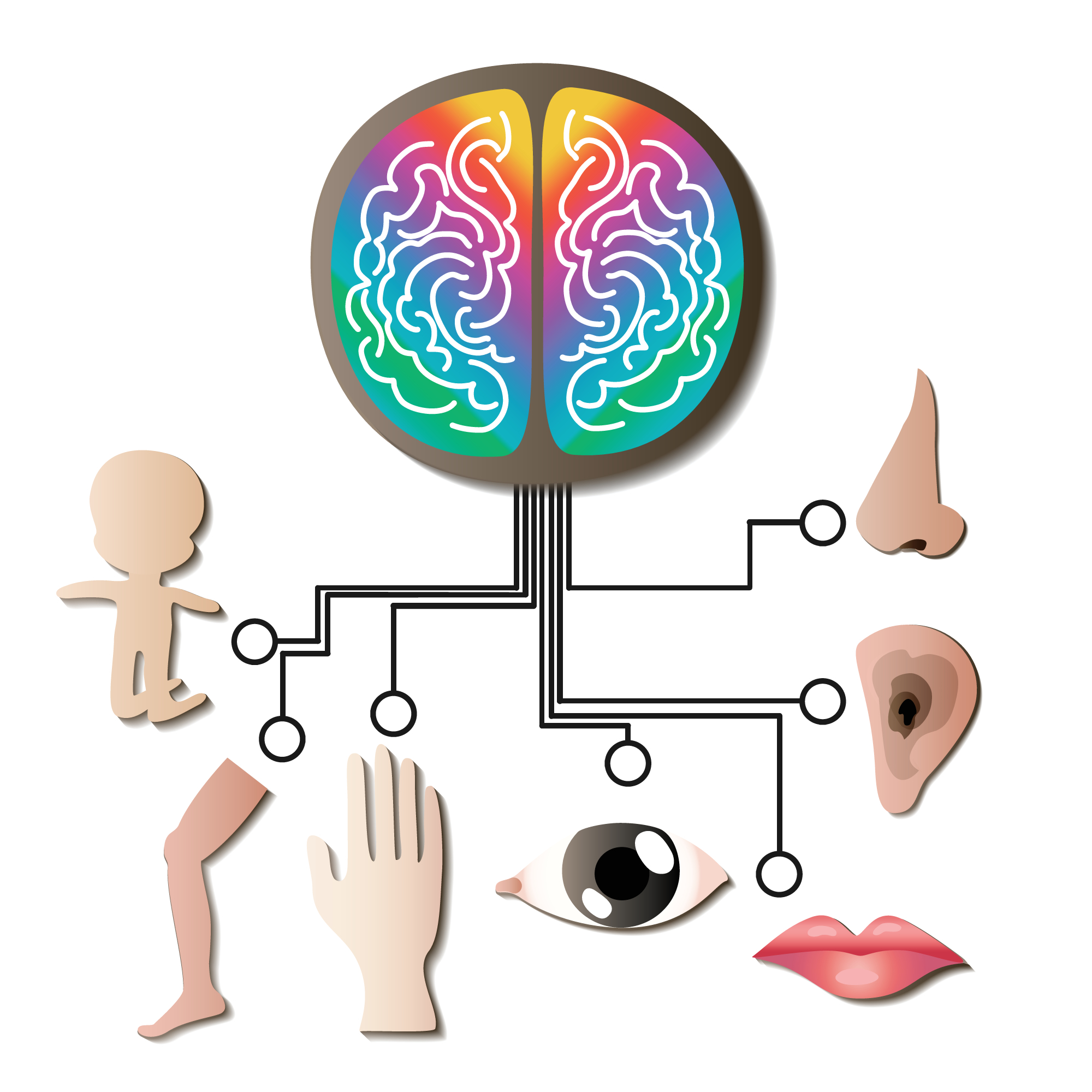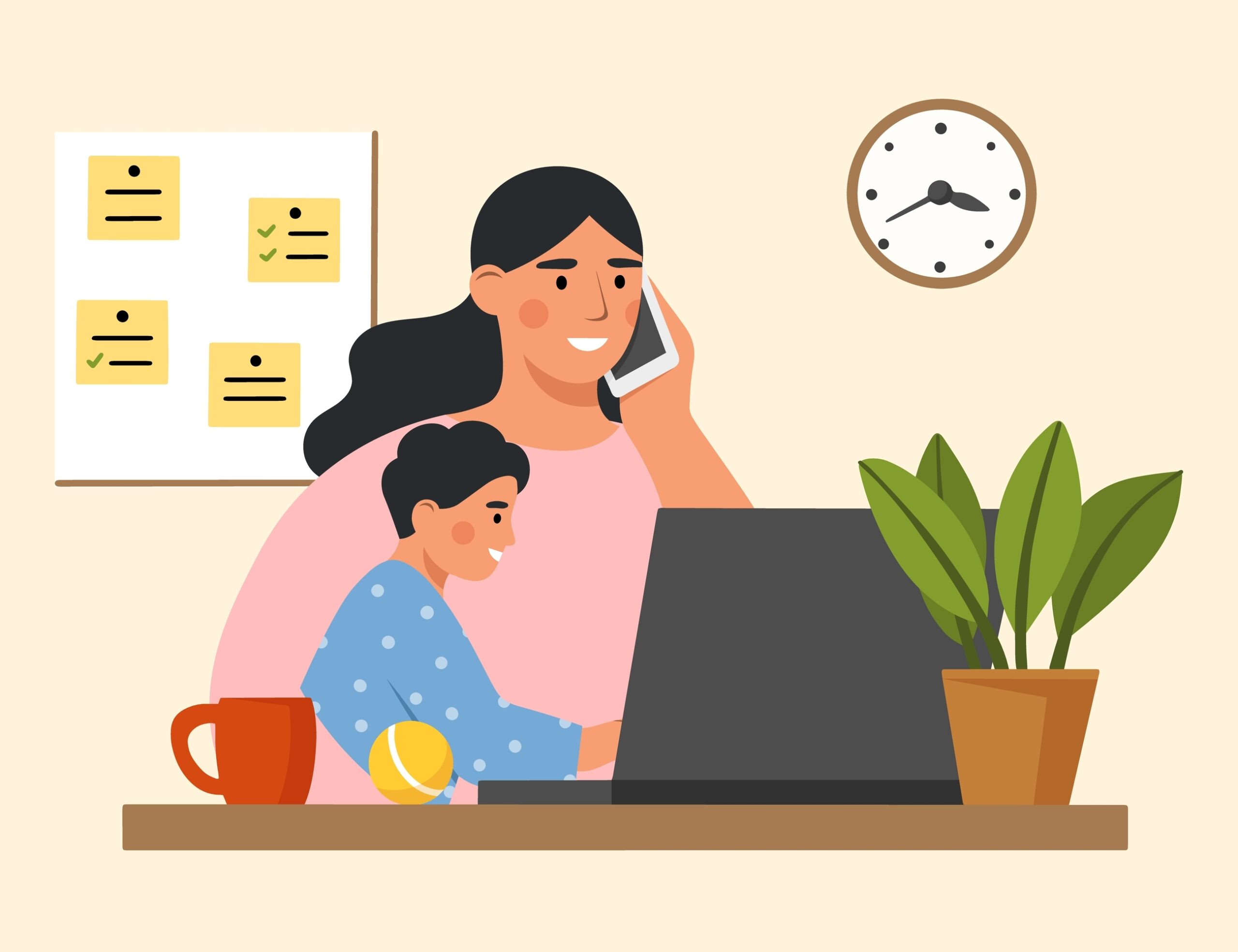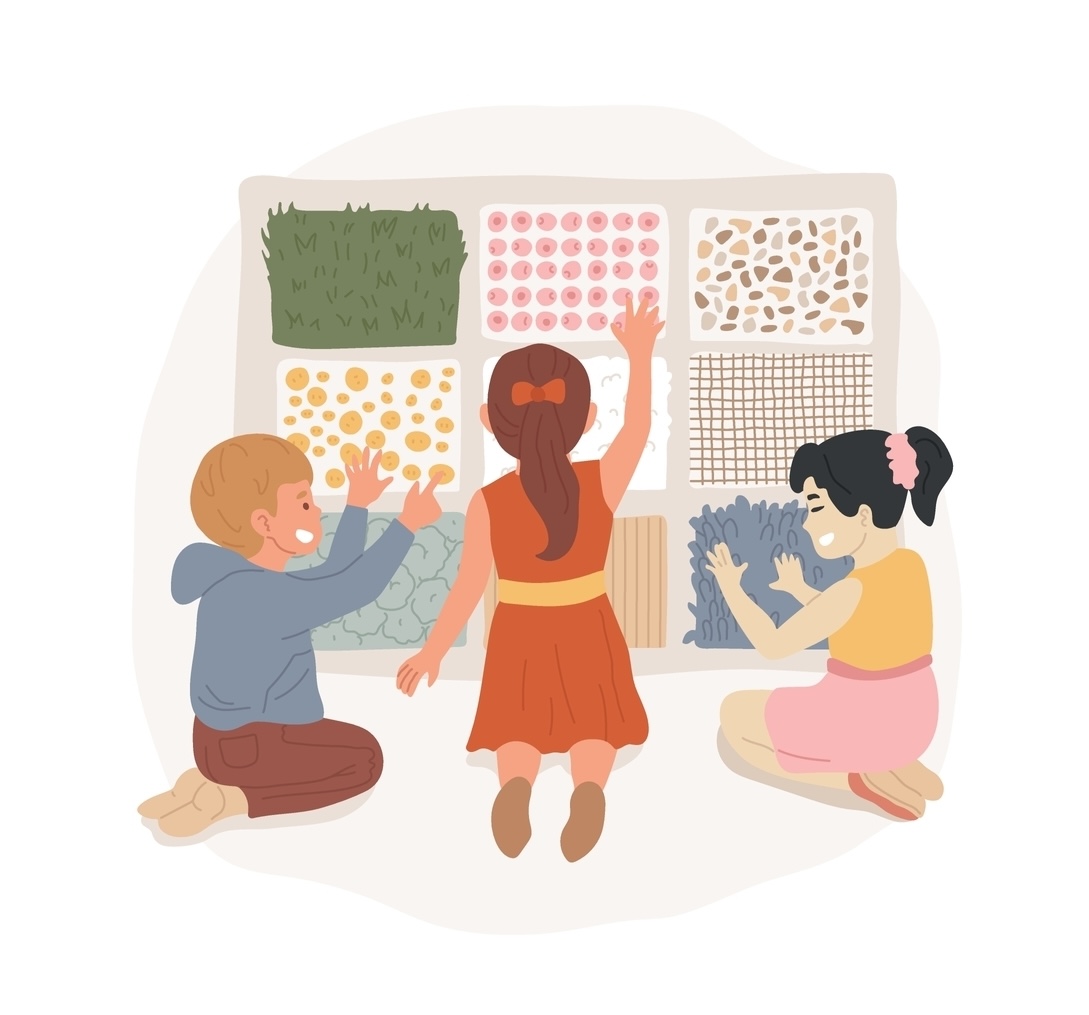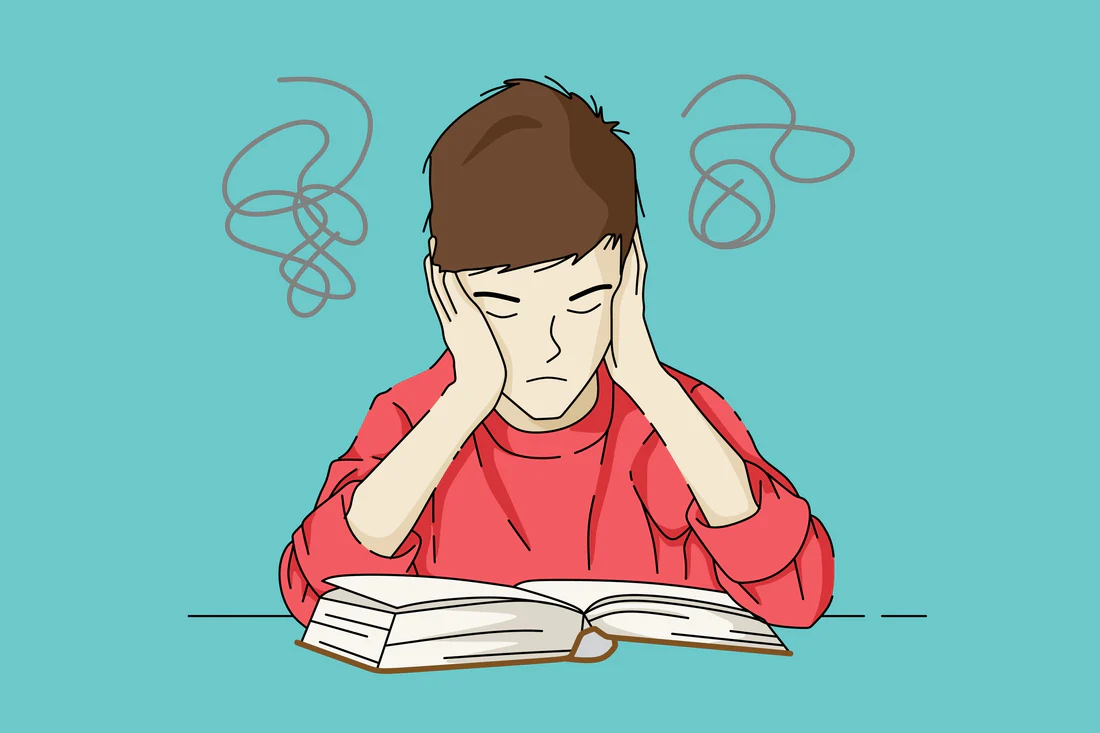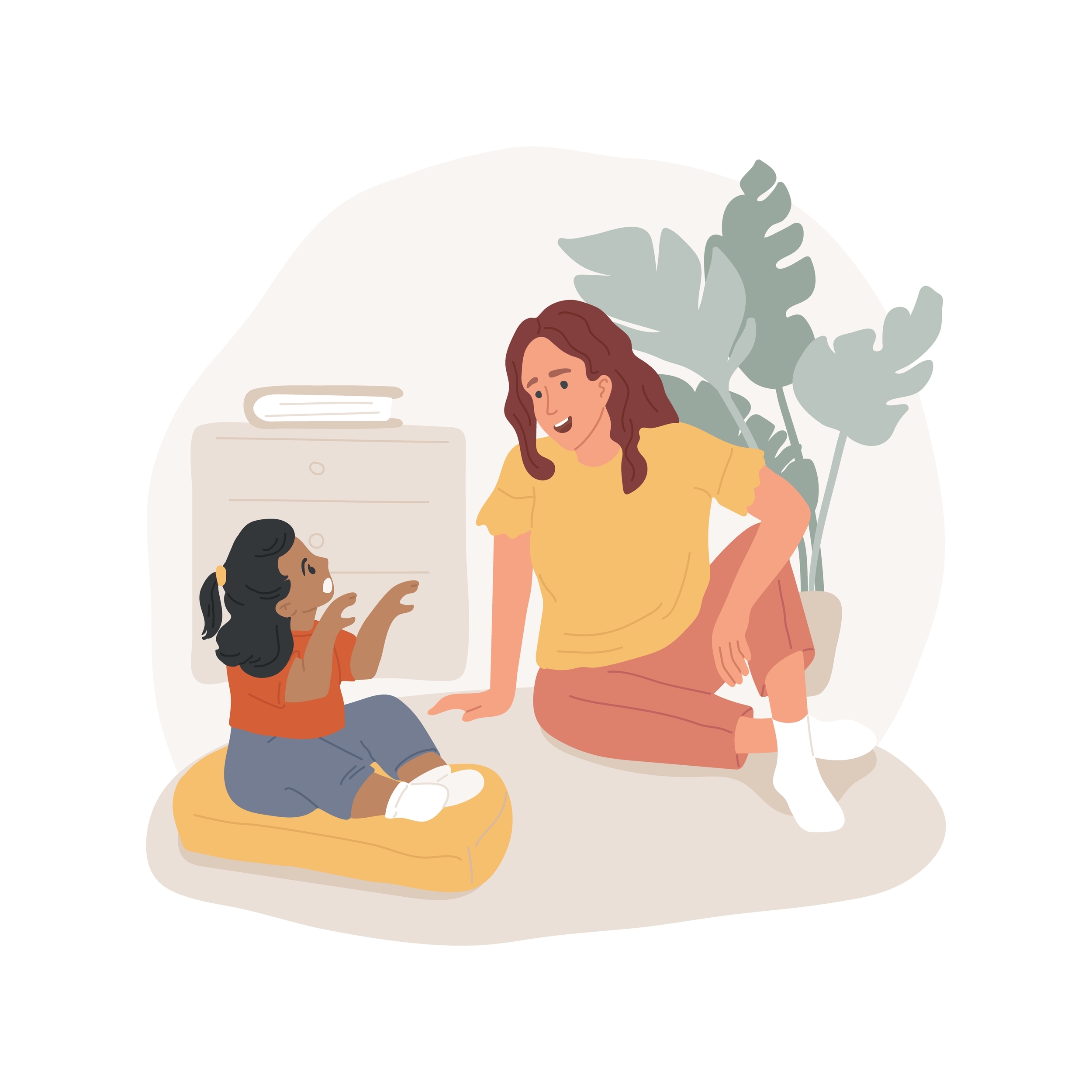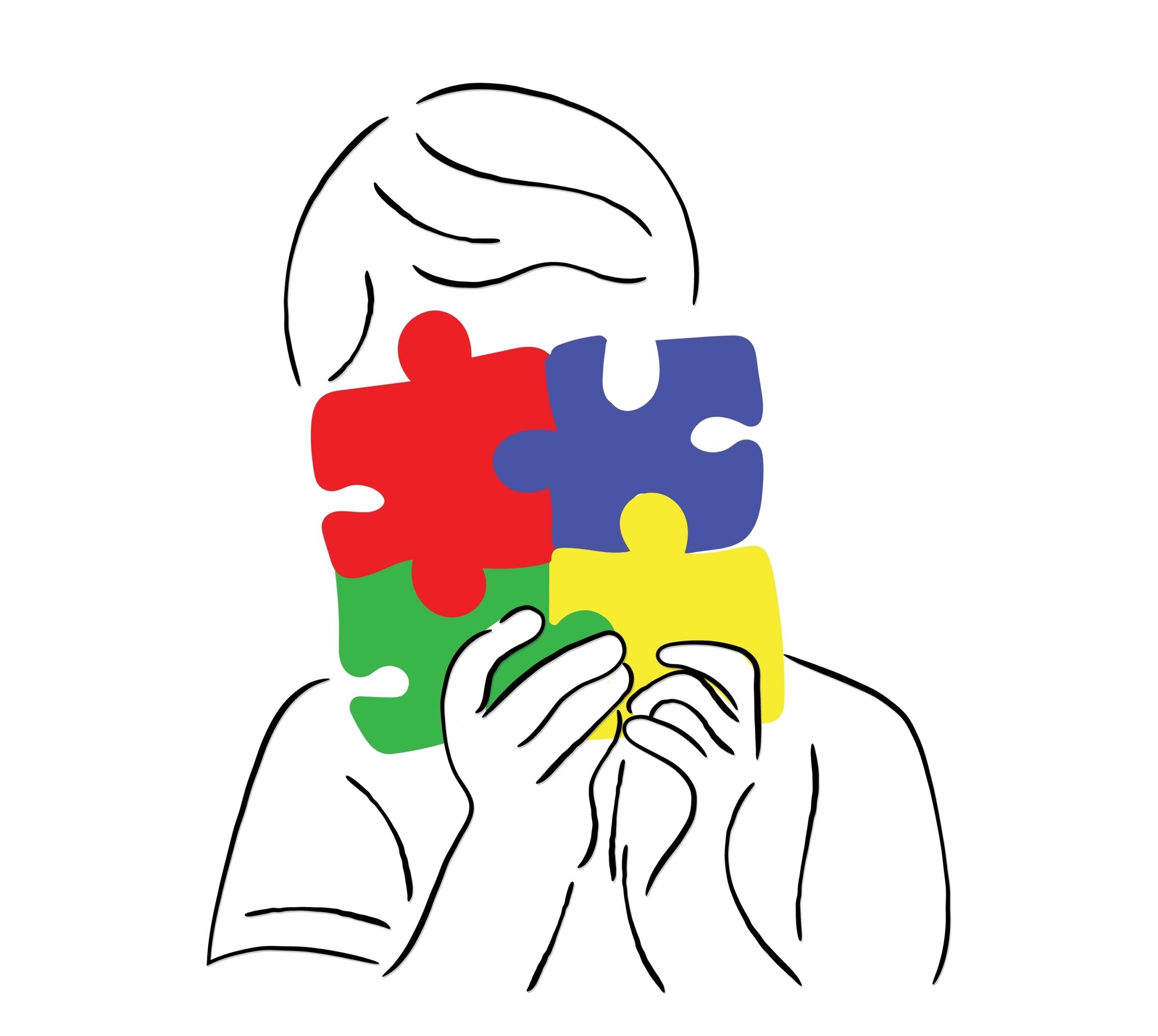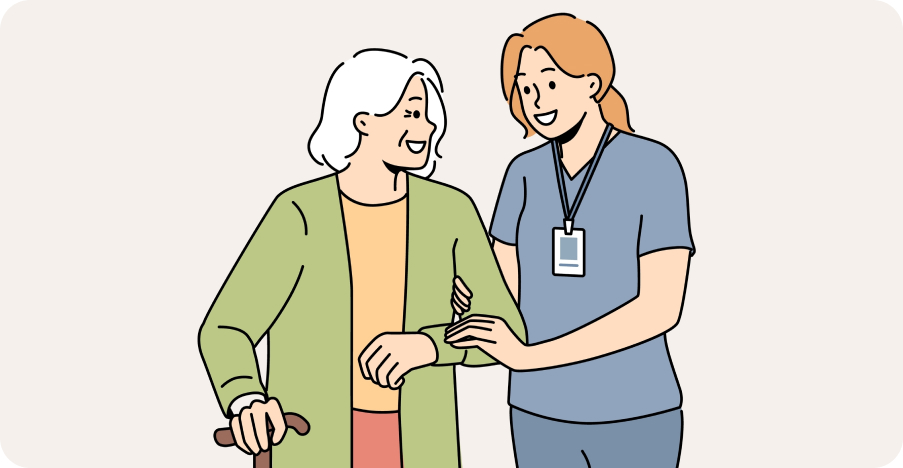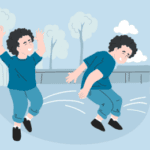
Blog
Sciatica Pain Relief: Best Exercises and Stretches to Try at Home
Author: DrSensory
July 29, 2025
Sciatica Pain Relief: Best Exercises and Stretches to Try at Home
That sharp, shooting pain that travels from your lower back, through your hip, and down your leg can be debilitating. One minute you’re fine, and the next, a simple movement like standing up or even sneezing can trigger an electrifying jolt. This is the unmistakable signature of sciatica, a common and frustrating condition that can disrupt every aspect of your life. The search for effective relief can feel endless, but the power to manage and reduce this pain is often closer than you think.
While rest might seem like the logical answer, gentle movement is frequently the most effective strategy for calming an irritated sciatic nerve. The right exercises and stretches can help relieve pressure on the nerve, reduce inflammation, and strengthen the muscles that support your spine. This active approach not only provides immediate relief but also helps prevent future flare-ups.
This guide will explain what sciatica is, help you identify its symptoms, and provide the best exercises and stretches you can try at home for sciatica pain relief. We’ll also cover when it’s time to seek professional help to get you back on your feet.
What Is Sciatica and What Causes It?
Sciatica isn’t a medical diagnosis itself but rather a symptom of an underlying problem that is compressing or irritating the sciatic nerve. The sciatic nerve is the longest and thickest nerve in your body, originating in your lower back and running through your hips and buttocks down each leg. When something puts pressure on this nerve, it results in the pain and other sensations known as sciatica.
Understanding the cause is key to finding the right treatment. The most common causes include:
- Herniated or Slipped Disc: This is the most frequent cause of sciatica. The soft, gel-like center of a spinal disc can bulge or leak through a weaker area in its outer wall, pressing directly on the sciatic nerve roots.
- Spinal Stenosis: This condition involves a narrowing of the spinal canal, which can put pressure on the nerves. It is most common in adults over 60.
- Piriformis Syndrome: The piriformis muscle is located deep in the buttock, and the sciatic nerve runs directly beneath or sometimes through it. If this muscle becomes tight or spasms, it can irritate the sciatic nerve.
- Spondylolisthesis: This occurs when one vertebra slips forward over another one, narrowing the opening through which the nerve exits and compressing it.
- Degenerative Disc Disease: As we age, our spinal discs can wear down, lose height, and become more prone to irritating nearby nerve roots.
Signs You May Have Sciatica
While lower back pain is a common element, sciatica has a distinct set of symptoms that differentiate it from general backaches. The pain follows the path of the nerve, so it typically affects only one side of the body.
Key signs include:
- Radiating Pain: The hallmark symptom is pain that originates in the lower back or buttock and travels down the back of the thigh and into the leg or foot. The pain can range from a mild ache to a sharp, burning sensation or an excruciating jolt.
- Numbness or Weakness: You might experience numbness, tingling (“pins and needles”), or muscle weakness along the nerve pathway in your leg or foot.
- Pain with Position Changes: Symptoms often worsen with sitting, standing for long periods, coughing, or sneezing. Lying down or walking may provide some relief.
- Difficulty with Movement: You may have trouble lifting your foot (foot drop) or find it painful to bend your knee or move your foot.
Top 5 Exercises for Sciatica Pain Relief
The goal of these sciatica pain relief exercises is to create space for the nerve and strengthen the supporting muscles without causing further irritation. Move slowly and gently, and stop immediately if you feel any sharp or worsening pain.
1. Knee-to-Chest Stretch
This stretch helps relieve pressure on the lower back.
- How to do it: Lie on your back with your knees bent and feet flat on the floor. Gently pull one knee toward your chest, holding it with both hands. Hold for 20-30 seconds, feeling a gentle stretch in your lower back and hip. Release and repeat on the other side. Perform 2-3 repetitions for each leg.
2. Bird-Dog
This is an excellent exercise for building core stability, which supports the spine.
- How to do it: Start on your hands and knees. Keeping your back flat, engage your core. Extend your right arm forward and your left leg straight back. Hold for 5 seconds, ensuring your hips remain level. Return to the start and repeat with the opposite arm and leg. Aim for 10 reps on each side.
3. Glute Bridge
Strengthening your glutes helps support your lower back and pelvis.
- How to do it: Lie on your back with your knees bent, feet flat on the floor, and arms at your sides. Squeeze your glutes and lift your hips off the floor until your body forms a straight line from your shoulders to your knees. Hold for 5-10 seconds and slowly lower back down. Repeat 10-15 times.
4. Pelvic Tilt
This subtle movement activates deep core muscles and releases tension in the lower back.
- How to do it: Lie on your back with your knees bent. Gently flatten your lower back against the floor by tightening your stomach muscles and tilting your pelvis upward slightly. Hold for 5-10 seconds, then relax. Repeat 10 times.
5. Standing Hamstring Stretch
Tight hamstrings can pull on your pelvis and contribute to back pain.
- How to do it: Stand and place the heel of your affected leg on a low step or curb. Keeping your leg straight, gently lean forward from your hips until you feel a stretch in the back of your thigh. Keep your back straight. Hold for 20-30 seconds and repeat on the other side.
Stretching Techniques to Relieve Nerve Pain
When the piriformis muscle is tight, it can directly aggravate the sciatic nerve. These stretches specifically target that muscle.
- Reclining Pigeon Pose: Lie on your back with your knees bent. Cross your right ankle over your left knee. Gently pull your left thigh toward you until you feel a stretch in your right buttock. Hold for 30 seconds and switch sides.
- Seated Piriformis Stretch: Sit in a chair with your feet flat on the floor. Cross your affected leg’s ankle over the opposite knee. Gently lean forward with a straight back until you feel a deep stretch in your buttock. Hold for 30 seconds.
When to Seek Professional Help for Sciatica
While you can relieve sciatica pain at home in many cases, it’s crucial to know when to see a doctor or physical therapist. Professional guidance is essential for an accurate diagnosis and a safe, effective treatment plan.
Consult a professional if:
- At-home care and exercises do not improve your pain after a few weeks.
- The pain is severe, constant, or progressively getting worse.
- You experience significant weakness, numbness, or tingling in your leg.
- Your pain started after a traumatic injury, like a fall or car accident.
- Seek immediate medical attention if you experience loss of bowel or bladder control, as this can be a sign of a rare but serious condition called cauda equina syndrome.
A physical therapist can provide hands-on manual therapy, guide you through a personalized exercise program, and teach you strategies to prevent future flare-ups.
Frequently Asked Questions (FAQ)
❓Is walking good for sciatica?
Yes, walking is one of the best activities for sciatica. It promotes blood flow, reduces inflammation, and prevents the muscles from becoming stiff. Start with short, slow walks on a flat surface and gradually increase your distance and pace as your pain allows.
❓Should I use ice or heat for sciatica pain?
In the initial, acute phase (the first few days), applying an ice pack to your lower back for 15-20 minutes can help reduce inflammation and numb the pain. For lingering muscle tightness and soreness, a heating pad can help relax the muscles. Many people find alternating between the two beneficial.
❓What should I avoid if I have sciatica?
Avoid prolonged sitting or standing, as both can compress the spine. Heavy lifting and high-impact exercises like running should also be avoided during a flare-up. Bending forward from the waist can also worsen symptoms, so try to bend at the knees instead.
❓How long does it take for sciatica to go away?
The recovery timeline varies widely. Acute sciatica often resolves within a few weeks with proper care and exercise. Chronic sciatica, however, can last for several months or longer and typically requires a more comprehensive treatment plan from a healthcare professional.
❓What is the best sleeping position for sciatica?
The best position is one that keeps your spine in a neutral alignment. Try sleeping on your back with a pillow under your knees, or on your side with a pillow between your knees. This prevents your spine from twisting and reduces pressure on the sciatic nerve.
related blogs
Your child is constantly moving, crashing into furniture, or having meltdowns in response to seemingly minor things like a loud
Your toddler refuses to wear certain clothes, has huge meltdowns in noisy places, or is an extremely picky eater, limited
Your child seems to miss verbal instructions, struggles to follow conversations in noisy environments, and often asks "what?" even when
On the surface, autism and Ehlers-Danlos syndrome (EDS) might seem like two entirely unrelated conditions. One is a neurodevelopmental condition
The intense head pain begins, lights feel blindingly bright, and every sound seems amplified to an unbearable level. You retreat






































